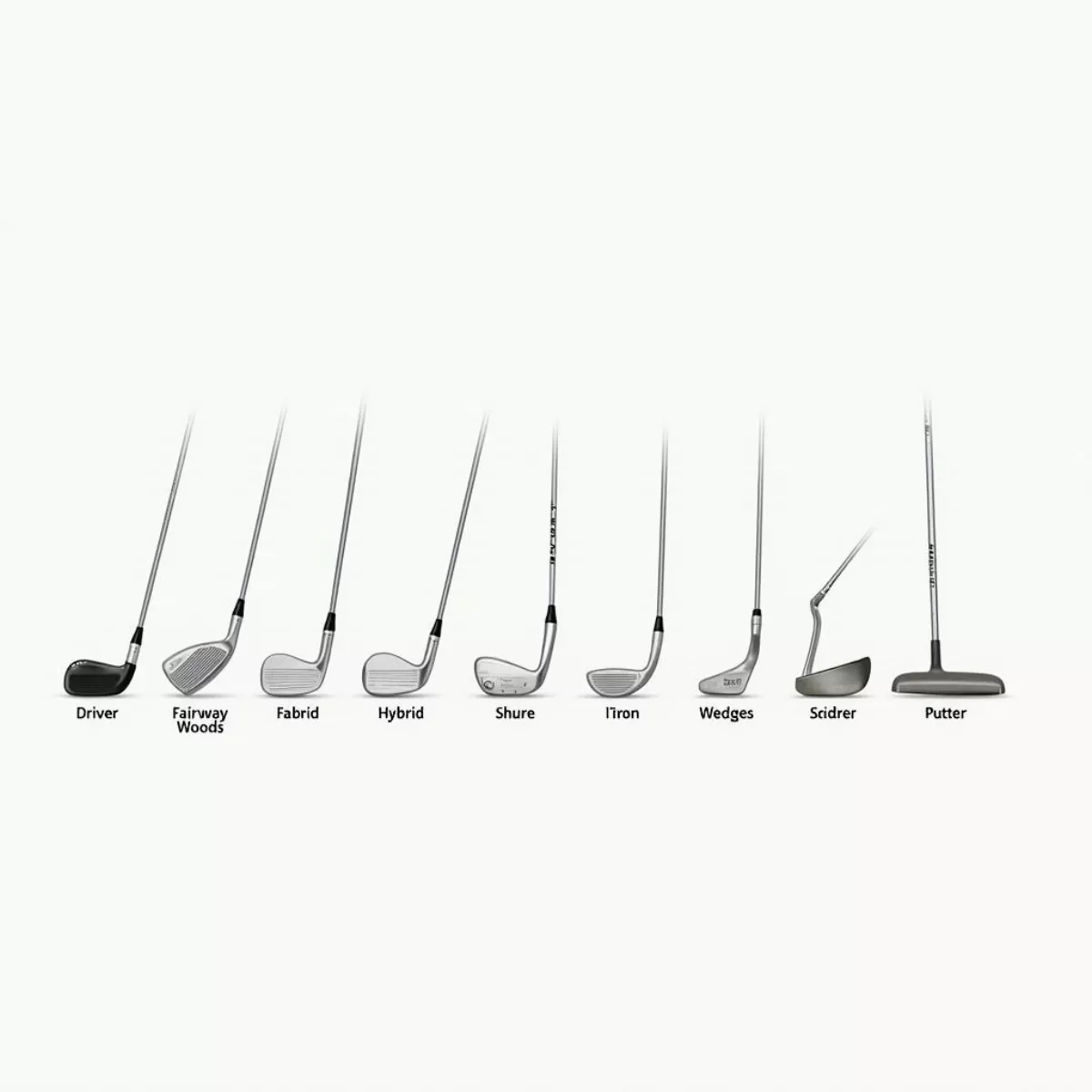Golf, often described as a game of precision and strategy, is played with various clubs designed for specific shots and courses. Among these clubs, the wood has a special role. Whether you’re a beginner or a seasoned golfer, understanding what woods are, their purpose, and how they differ from other clubs can significantly elevate your game. In this guide, we will delve deep into the world of golf woods, their characteristics, types, uses, and tips for choosing and using them effectively.
Understanding Golf Woods
In essence, a wood is a category of golf club that features a larger clubhead, typically with greater loft than an iron. Historically, woods were made from actual wood—such as persimmon or hickory—but modern woods are predominantly constructed from metals or composite materials that enhance durability and performance.
Characteristics of Woods
- Larger Clubhead: The larger clubhead encourages a larger sweet spot for more forgiving shots.
- Loft: Most woods have a higher loft compared to irons, which helps to lift the ball more efficiently into the air.
- Long Shaft: Woods generally have longer shafts, which can provide more distance by allowing for a longer swing arc.
Main Types of Woods
Woods are typically categorized into the following types based on their loft and purpose:
| Type of Wood | Number | Typical Use |
|---|---|---|
| Driver | 1 | Longest distance off the tee. |
| Fairway Woods | 3, 5, 7 | Versatile for fairway shots and rough. |
| Hybrid Woods | Various | Blend of wood and iron characteristics, great for beginners. |
 Types of Golf Clubs
Types of Golf Clubs
1. The Driver
Often referred to as the 1-wood, the driver is used primarily for tee shots. Key characteristics include:
- Low Loft (8-12 degrees): A lower loft facilitates long-distance shots, allowing the ball to travel farther.
- Large Head: Modern drivers can have head sizes up to 460cc (cubic centimeters) for increased forgiveness.
2. Fairway Woods
Fairway woods are numbered according to their lofts, such as 3 (15 degrees), 5 (18 degrees), and 7 (21 degrees). They’re versatile options for both the fairway and tee shots on shorter holes:
- Ideal for hitting from tight lies or rough.
- Helps to maintain control while providing distance.
3. Hybrids
Hybrids blend the characteristics of both woods and irons. They are increasingly popular among golfers of all skill levels because:
- Easier to hit than long irons.
- Versatile for different lies.
- Flatter trajectory than traditional woods for better control.
How to Choose the Right Wood
When selecting a wood for your golf bag, consider these essential factors:
1. Skill Level
- Beginners: Opt for a hybrid wood or a low-lofted fairway wood for better forgiveness.
- Intermediate and Advanced Players: A driver with lower loft and specific technologies tailored to your swing will enhance your game.
2. Swing Speed
Your swing speed influences the loft you should choose. Faster swing speeds may benefit from lower lofts, while slower speeds often require higher lofts for optimal launch angle.
3. Club Fitting
Visiting a professional club fitter can ensure that your woods are tailored to your swing type and physical dimensions, optimizing your performance.
 Professional Golf Club Fitting Session
Professional Golf Club Fitting Session
4. Personal Preference
Ultimately, personal comfort and feel are crucial. Try out different grips, weights, and brands to see what feels best in your hands.
Best Practices for Using Woods
When it comes to using woods effectively, especially the driver and fairway woods, consider the following best practices:
- Tee Height (for the Driver): Place the ball higher on the tee for better launch. A good rule of thumb is to tee the ball so that the top of the clubhead aligns with the upper half of the ball.
- Ball Position: For drivers, position the ball inside your front foot. For fairway woods, center the ball in your stance.
- Swing Mechanics: Focus on a smooth, sweeping motion with less emphasis on power. Aim for consistent contact with the ball.
- Practice: Regularly practice with your woods to build confidence and improve accuracy. You’ll develop a better understanding of the club’s dynamics.
Quotes from the Pros
“Using your woods correctly can set you up for success throughout the round. They aren’t just for long hits; a well-placed shot can change the entire outlook of the hole.” – Anonymous Golf Pro
 Golfer Teeing Off with Driver
Golfer Teeing Off with Driver
Key Takeaways
- Woods are an essential component of a golfer’s toolkit, primarily designed for long-distance shots.
- Types of woods include drivers, fairway woods, and hybrids, each serving unique purposes on the course.
- Choose the right wood based on your skill level, swing speed, and personal preference.
- Follow best practices for effectively using woods to enhance your overall game performance.
FAQ Section
1. What is the difference between a driver and a fairway wood?
- The driver is designed for maximum distance off the tee with a lower loft, while fairway woods can be used from both the tee and the fairway, offering more loft for versatility.
2. Why are hybrids becoming so popular?
- Hybrids combine the best features of both woods and irons, making them easier to hit, especially for high or difficult lies.
3. How do I know which loft to choose for my driver?
- The right loft depends on your swing speed. Typically, slower swing speeds should use higher lofts (10-12 degrees), while faster swing speeds can utilize lower lofts (8-10 degrees).
4. Can I use my fairway wood for tee shots?
- Absolutely! Fairway woods can be used off the tee, especially on shorter holes where precision is more important than sheer distance.
5. How should I practice with my woods?
- Spend time at the driving range focusing on consistent hits, emphasizing the set-up, swing mechanics, and ball position.
6. What maintenance do woods require?
- Regularly cleaning the clubhead after rounds, checking the integrity of the grip, and inspecting for any signs of wear can ensure your woods remain in top condition.
7. How many woods should I have in my bag?
- It varies by player but generally, having a driver, one or two fairway woods, and possibly one or two hybrids can serve most golfers well.
8. Should I get custom-fitted woods?
- If possible, yes! Custom fitting can greatly improve comfort and performance based on your personal swing characteristics.
By understanding and utilizing woods effectively, you can enhance your golfing experience and performance on the course. Whether you are perfecting your driver swing or mastering the use of your fairway woods, this guide will pave the way for your golfing success!

